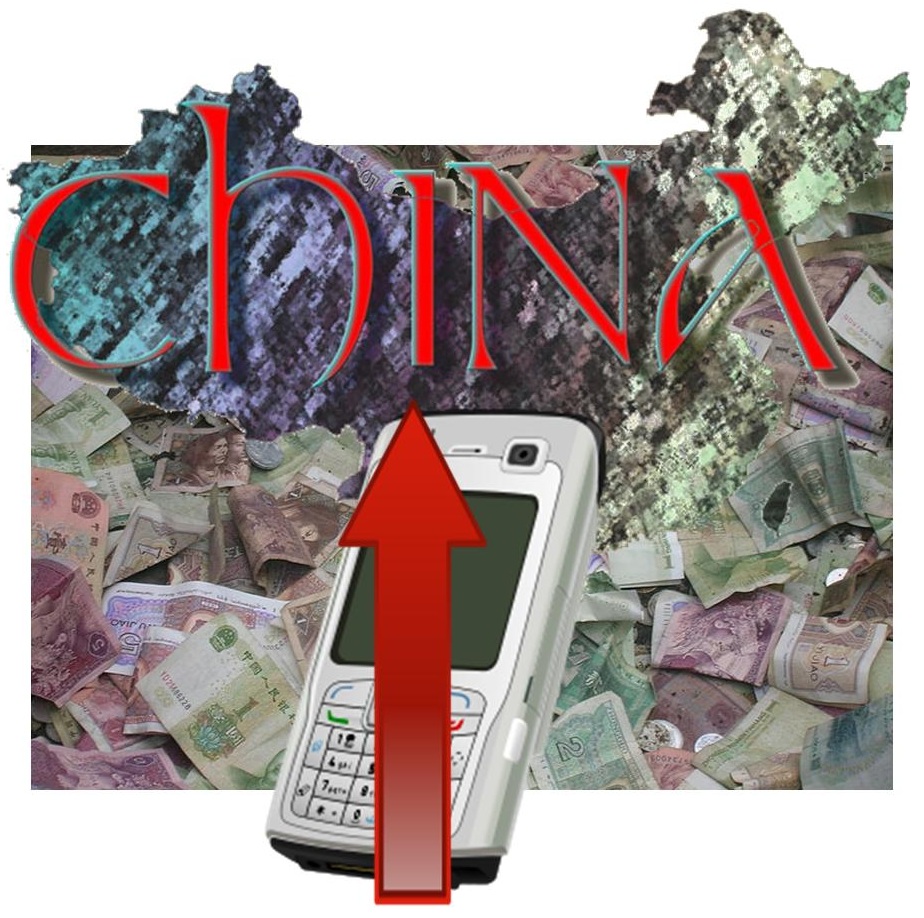Mcommerce sites in China see increases of 600 percent in 2012
 The leading websites in the country saw tremendous growth over the mobile channel.
The leading websites in the country saw tremendous growth over the mobile channel.
Recently released data from the leading e-commerce sites in China have revealed that those websites experienced an average mcommerce growth of 600 percent last year.
In that country, online shopping is generates an estimated $40,000 per second.
However, the majority of that spending has been over laptops and desktops. This is what has made it so notable that Tmall and Taobao have reported that the purchases that were being made on their websites by way of smartphones and tablets has skyrocketed by 600 percent. This represents a massive growth in the importance of mcommerce and tcommerce.
There have also been a number of other considerable mcommerce victories over the last year.
The company that operates both of the aforementioned stores, Alibaba, also revealed that the number of unique visitors that came to Taobao in 2012 over its mcommerce apps or through a browser broke the 300 million mark. The blog from that company explained that among those visitors from mobile devices, 57 million (19 percent) actually made a purchase over their smartphones.
Though this makes it appear as though shoppers have made a major move toward mcommerce, among all of the transactions completed on Taobao last year, mobile represented only 6.87 percent. This is an increase of only 1.77 percent over the year before.
It was previously revealed through the data produced by iResearch last year in the second quarter that Tmall and Taobao had already established themselves as mcommerce leaders in china. They stepped far above the competition by taking in an online shopping share of 75.6 percent of all purchases made on the internet through the use of any device. Though there are other strong online retailers in the country, there are a number that remain underrepresented over smartphone and tcommerce, such as Amazon China.
According to Alex Qiu, the general manager for the Alibaba mobile business unit, “The speed of mobile adoption has been much faster than we thought it would be.” As smartphone and tablet adoption continue to take off in China, it makes sense that the use of mcommerce will only continue to grow.

